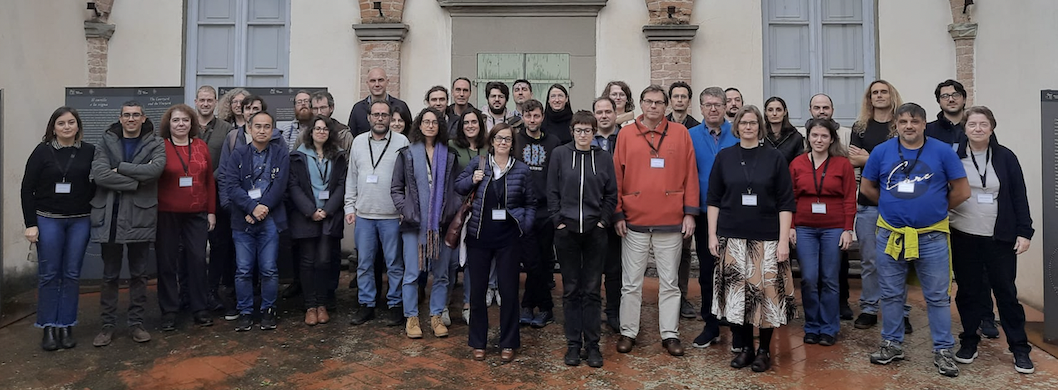In just five years, Gaia has revolutionised the census of star clusters in the Milky Way - including allowing for the detection of thousands of new clusters. However, many of these clusters are much smaller and more dispersed than canonical open clusters like the Pleiades, and it is not clear how many of these clusters are actually gravitationally bound. This presents critical challenges when...
Accurate mass determinations for open clusters (OCs) are essential for
studying star formation as well as OC dissolution processes. Using the Gaia DR3 OC catalogue of Hunt & Reffert (2023), we construct an extensive sample of OC mass estimates. We analyze more than 2000 OCs within 2 kpc, estimating their tidal masses and fitting their mass functions where possible (including the effect of...
Fluorine remains an enigmatic element in galactic archaeology, with a scarcity that camouflages its importance in understanding chemical and stellar evolution. Various astrophysical sites, including massive stars, AGB stars, Wolf-Rayet stars, and Novae, have been proposed as fluorine producers, yet the element's origins remain a subject of debate. To shed light on this, we have initiated a...
The recent detection of large diffuse $\gamma$-ray halos in coincidence with a dozen young massive stellar clusters (YMSCs) has strengthened the hypothesis of stellar clusters as cosmic ray factories and $\gamma$-ray sources. Noticeably, the observed $\gamma$-ray emission is, on average, remarkably extended (~1-3°) and of the same size as the dimension of the superbubble developed by YMSCs....

